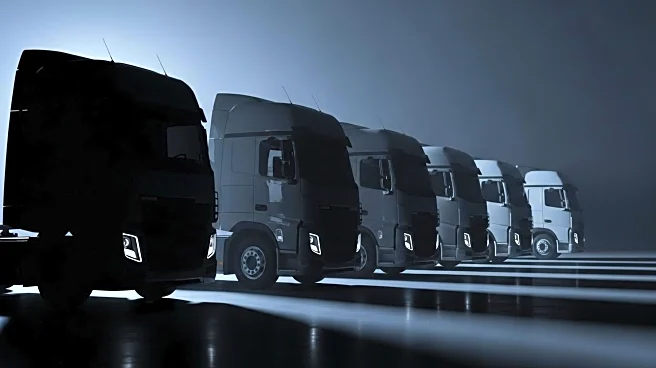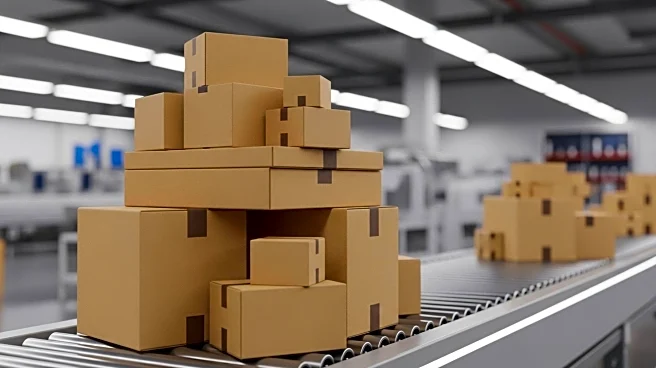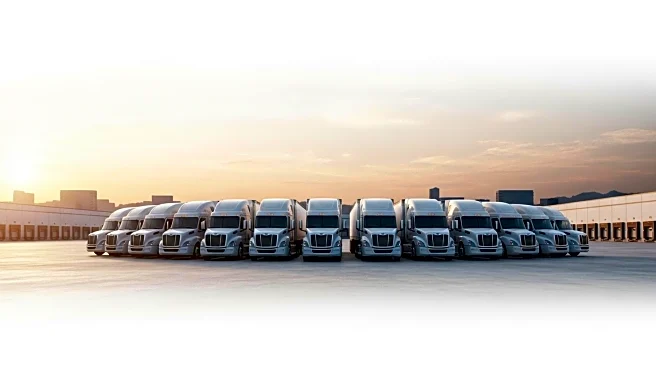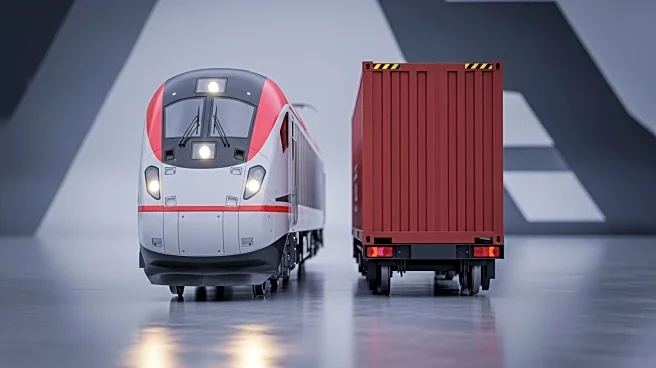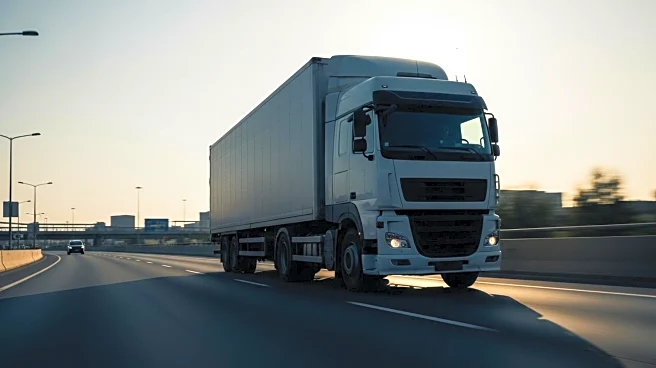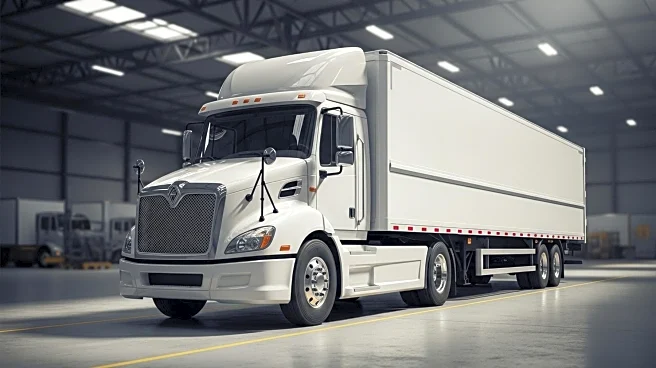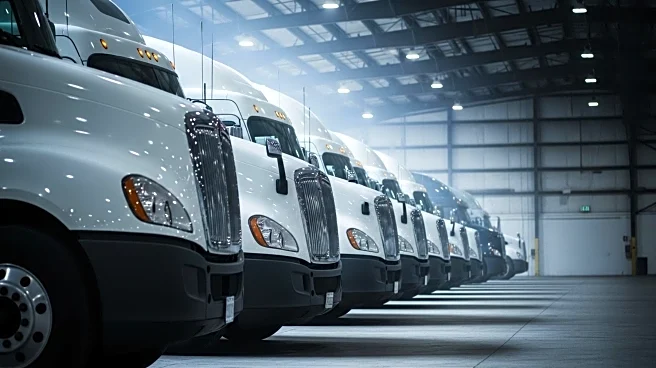What's Happening?
The National Motor Freight Classification (NMFC) has introduced Docket 2025-1, a significant update to the less-than-truckload (LTL) freight classification standards. Effective from July 19, the new standards aim to simplify and enhance the classification process, making it more fleet-friendly. The update introduces a 13-tier density scale, replacing the previous 11-class system, and reclassifies over 2,000 commodities into broader categories. This change emphasizes the role of density in freight classification, allowing for better cube utilization and potentially reducing costs for shippers with denser freight. The NMFTA has also launched ClassIT+, a new classification platform designed to streamline the process for LTL freight professionals.
Why It's Important?
The updated classification standards are poised to significantly impact the freight industry by aligning costs more closely with handling and space utilization. Fleets and shippers can benefit from operational savings and improved freight handling, as denser shipments are rewarded with lower rates. This shift encourages shippers to optimize packaging strategies to achieve better rates, potentially leading to reduced freight costs. The introduction of ClassIT+ further supports this transition by providing a modern, efficient tool for managing freight classifications, which can enhance operational accuracy and reduce friction between shippers and carriers.
What's Next?
Fleets and shippers are advised to audit their current NMFC codes and update their shipment systems to reflect the new class codes and handling flags. Training and educating operations teams on the effects of density on rates will be crucial to avoid surprises and optimize loads. The NMFTA encourages industry engagement to fully leverage these changes, suggesting that fleets pilot the ClassIT+ platform to experience smoother classification workflows. As the industry adapts to these updates, ongoing training and system upgrades will be essential to maintain competitiveness in the evolving freight landscape.


